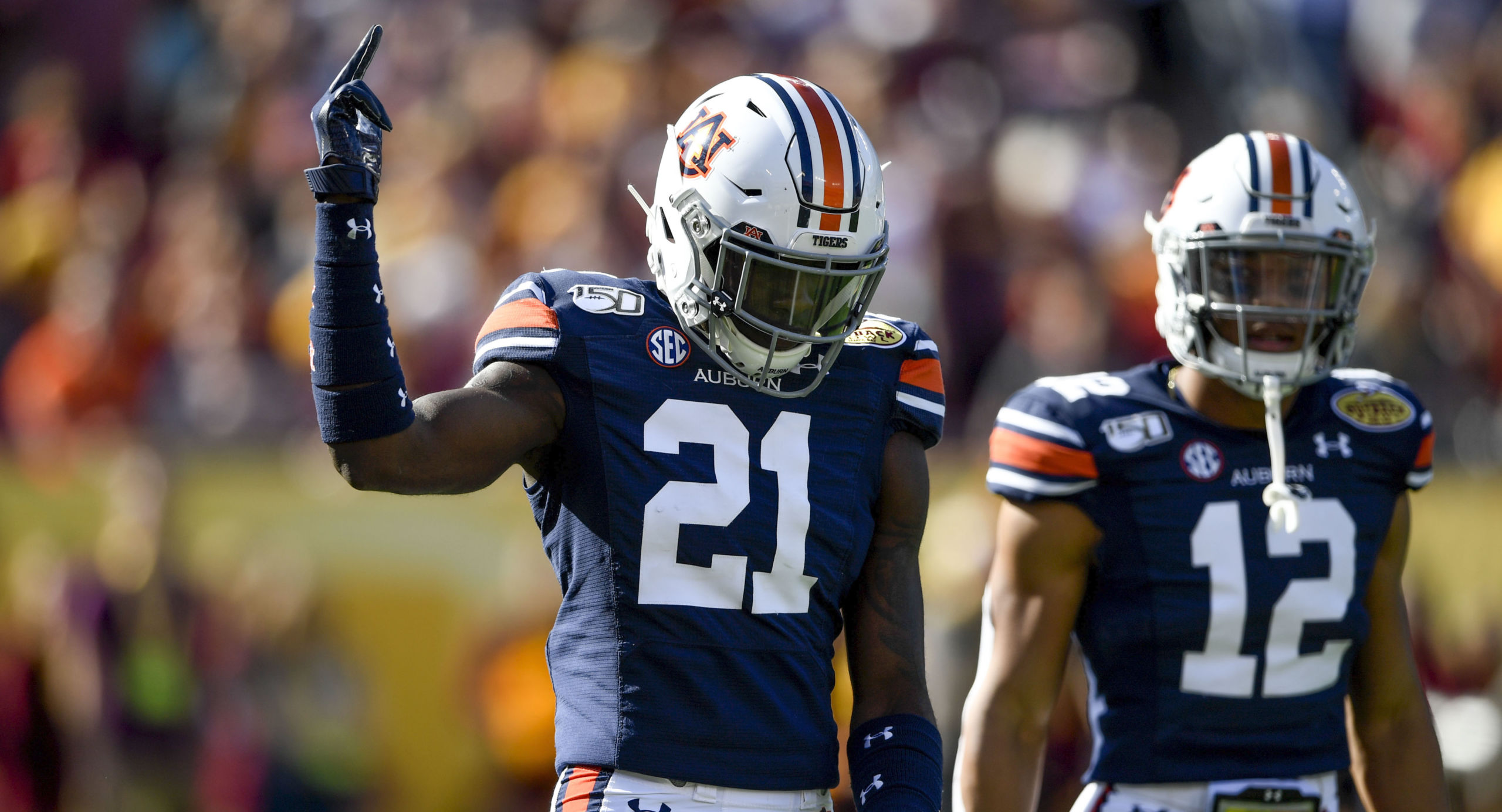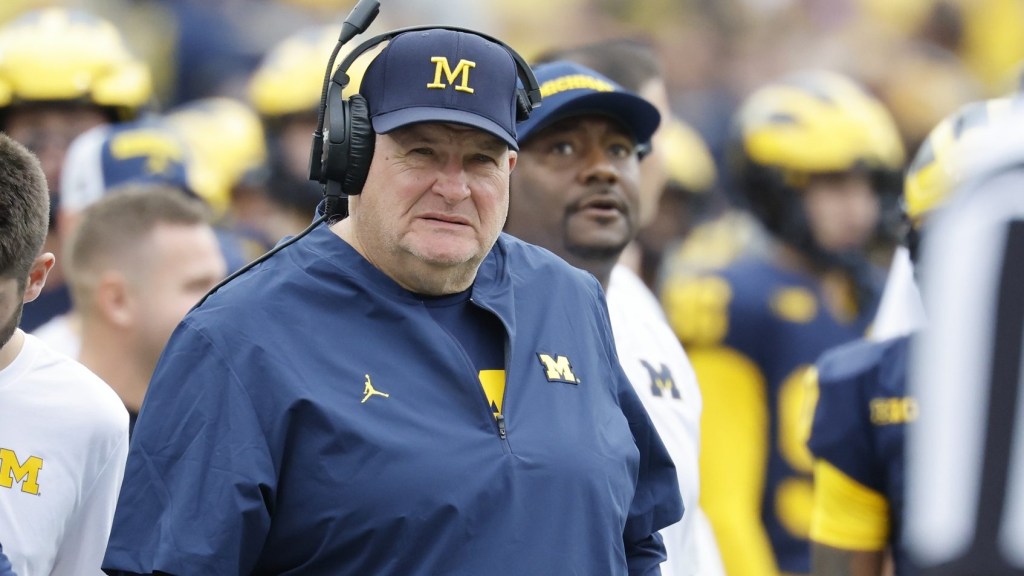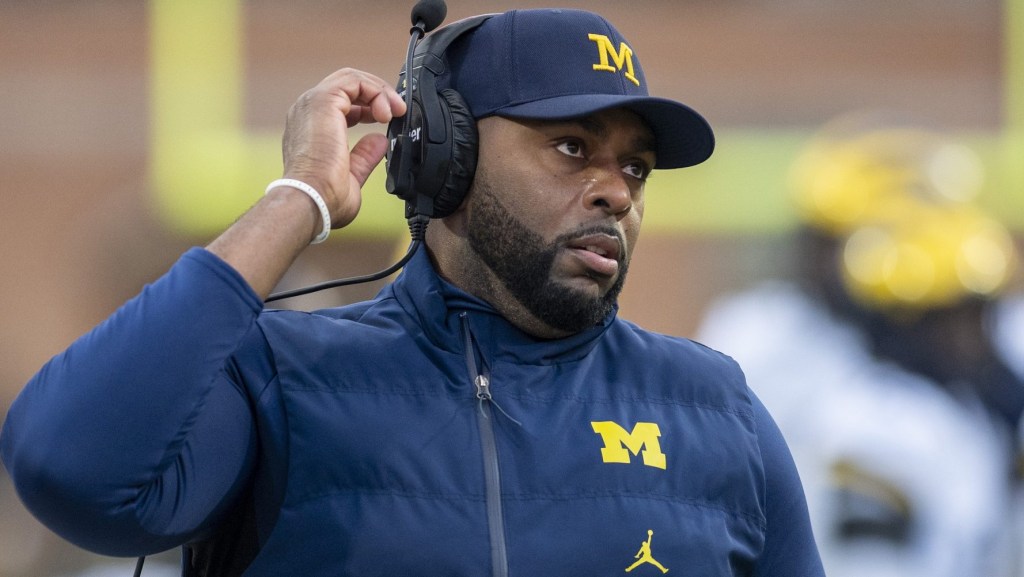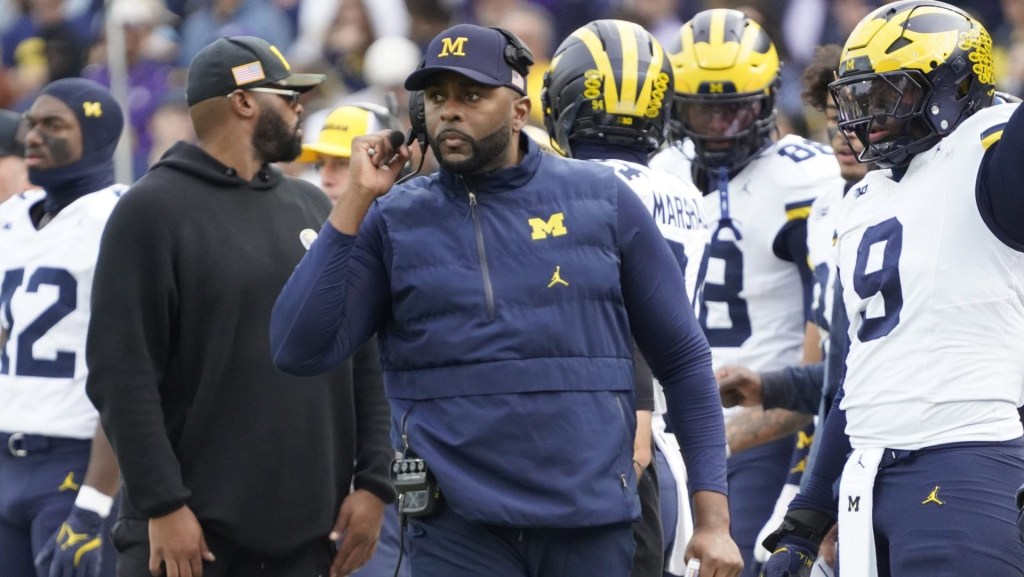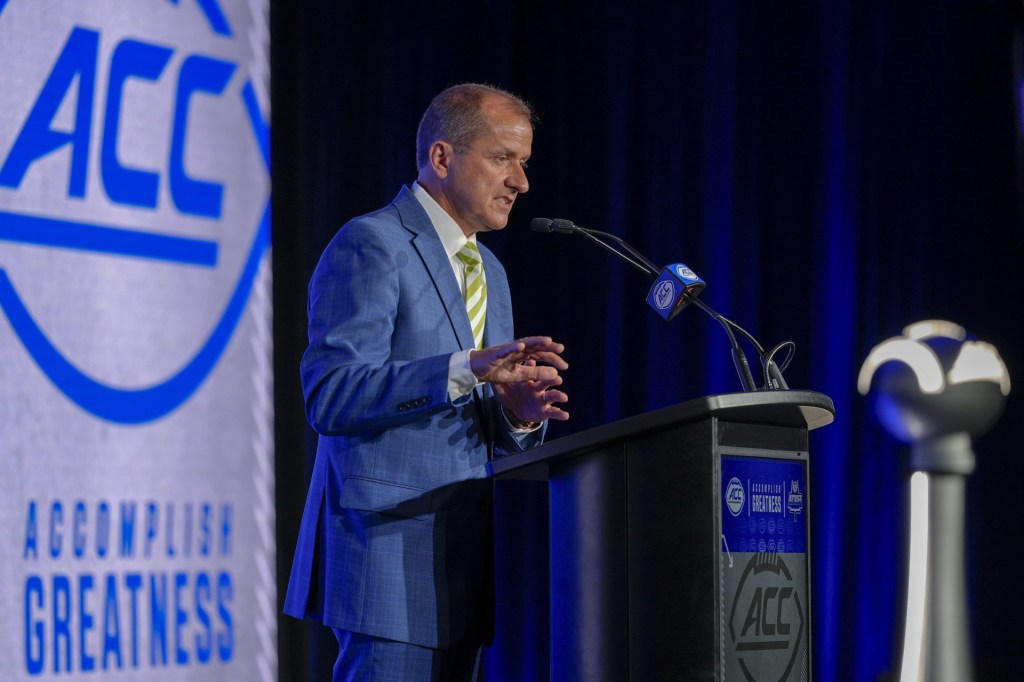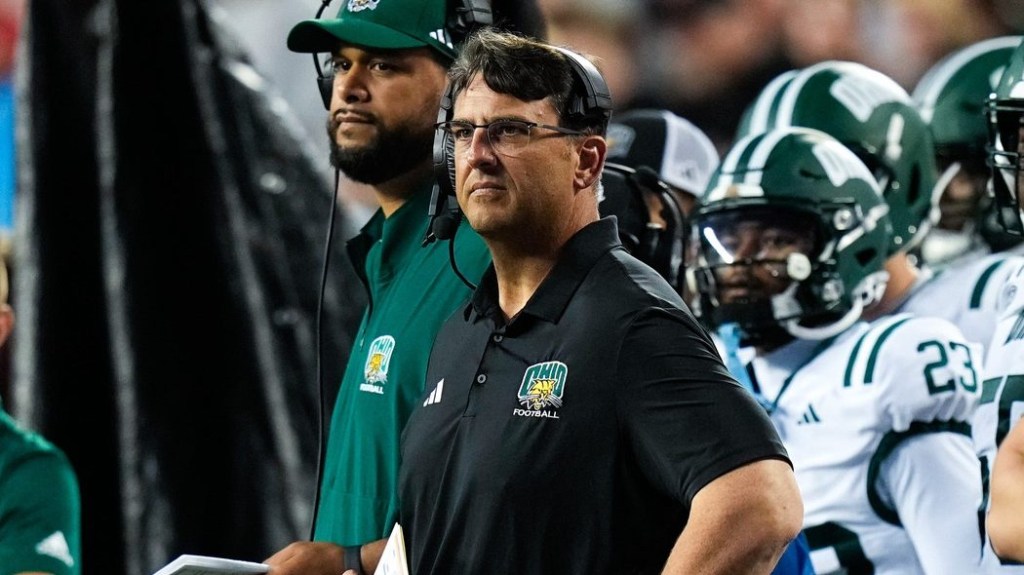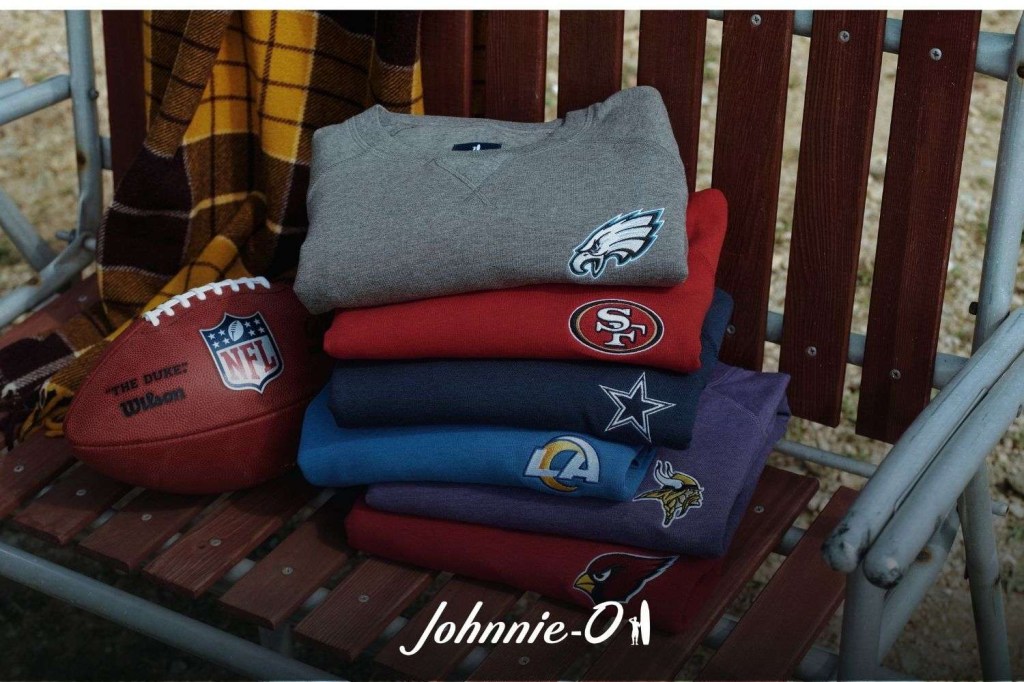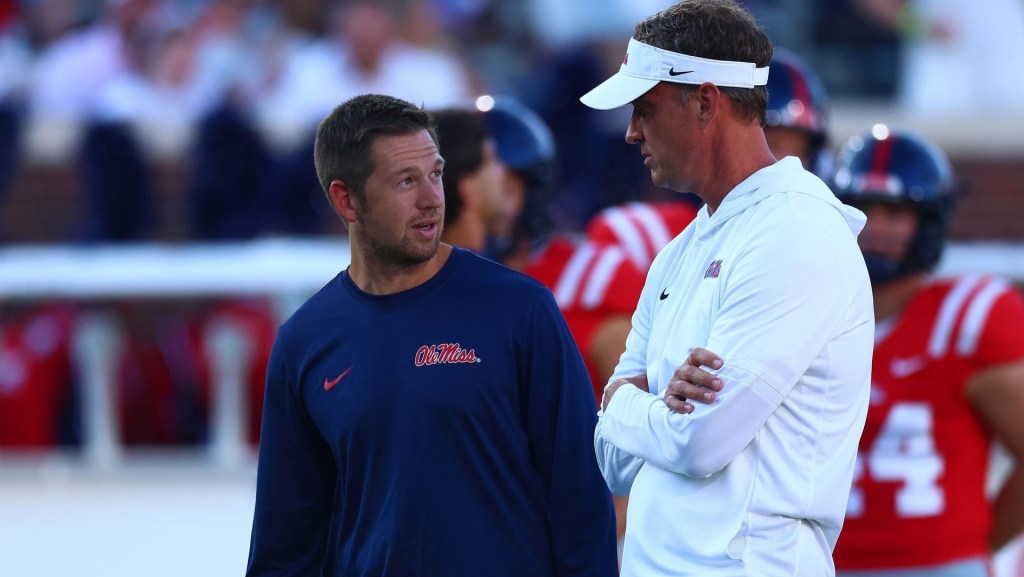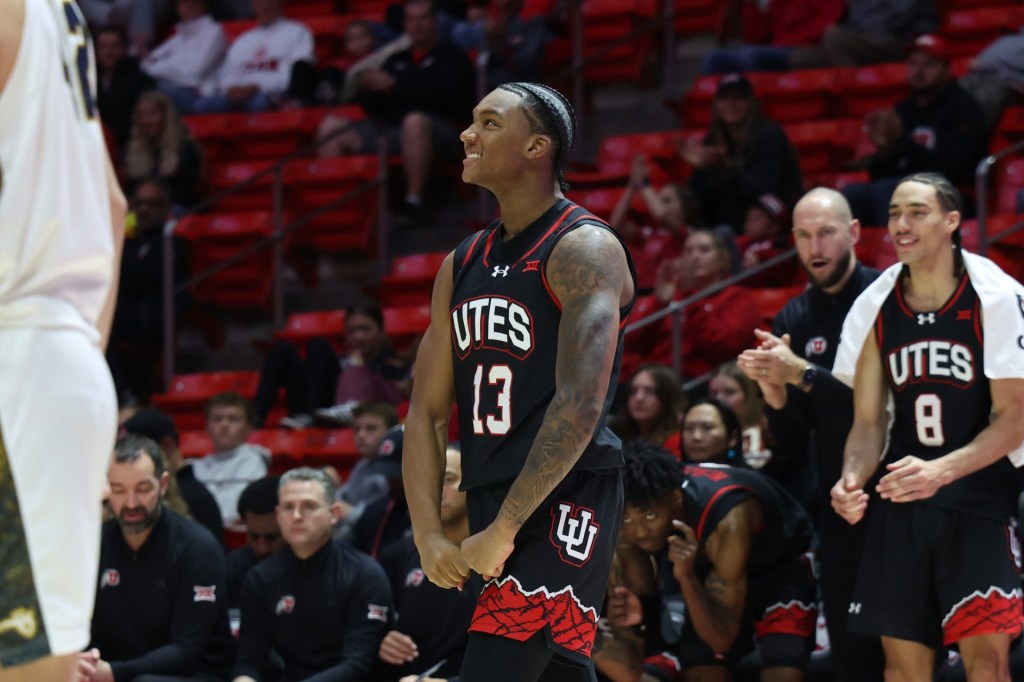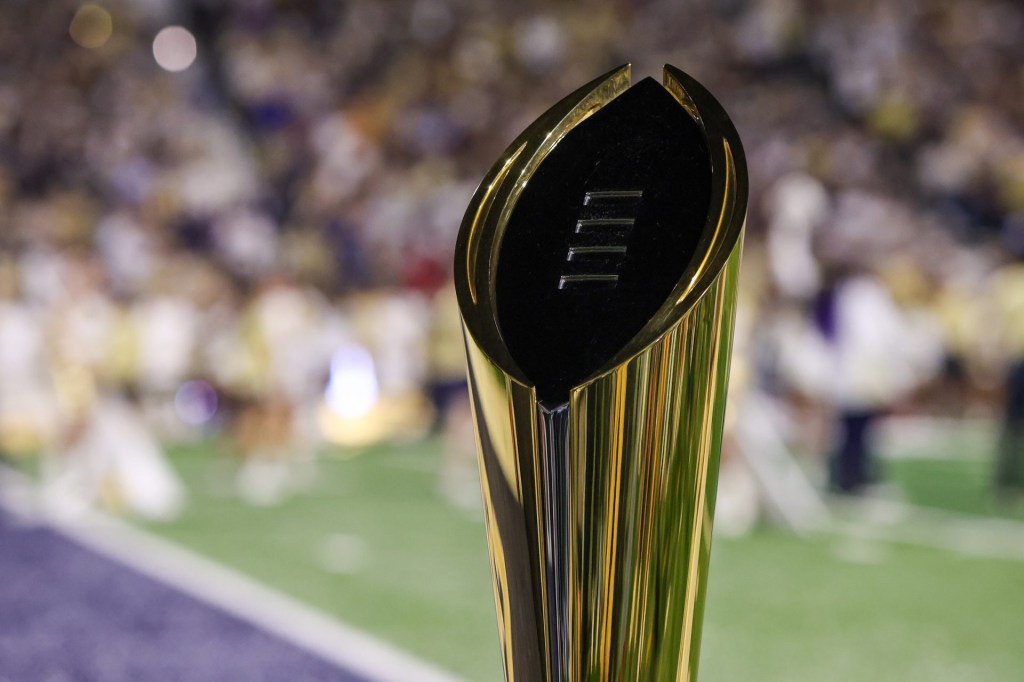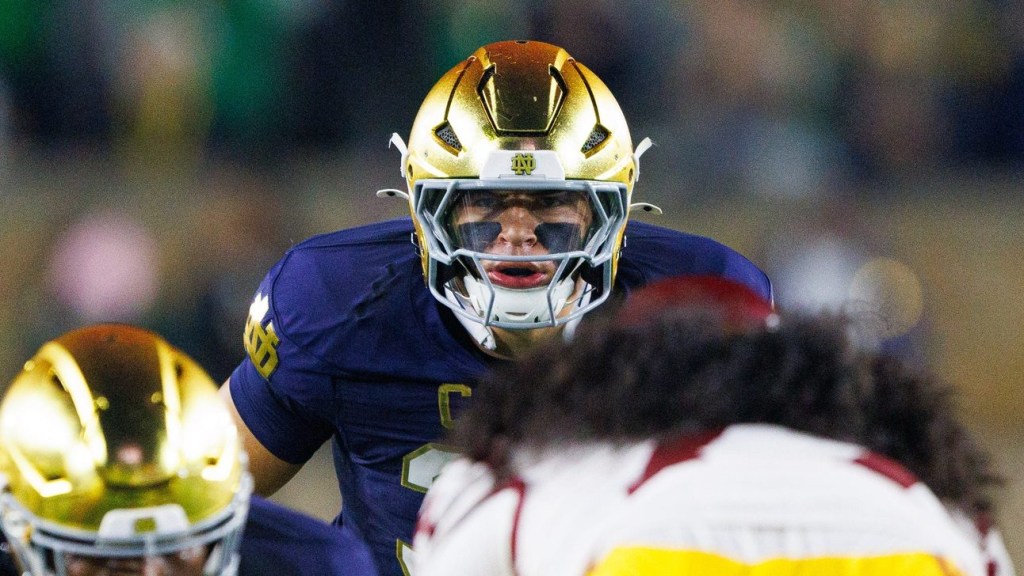As college conferences and athletic departments try to plan for an uncertain future, revenue from football has taken on more importance than ever.
NCAA and conference distributions will be reduced, expectations for donations are being decreased, and staff reductions and salary cuts considered – but if there’s no college football this fall, the financial game will be dramatically changed.
And for as much money as the college football season makes for athletic departments, expenses- from coaches and staff to travel and ever-improving facilities- continue to rise.
In particular, money is increasingly going to expensive guarantee games. FOS filed public records requests and reviewed data from 20 schools to find out how much, and how often, larger programs pay out to host opponents.
These uneven matchups – “paycheck” games, which are sometimes less charitably called “cupcake games” – guarantee inferior road teams a hefty sum for showing up for non-conference contests.
While there has been an increased focus on strength of schedule, these games are still annual markers for larger programs as it gets them one step closer to the six victories needed to qualify for – and earn more money from – postseason play, as well as that from an additional home game.
“The scene has changed a bit in that now with the College Football Playoff there’s a bit more emphasis [on] strength of schedule than there used to be,” Steve Patterson, a sports executive and former athletic director at both the University of Texas and Arizona State, said. “But schools where football plays a larger role are starting to replace what used to be FCS games because generally now if you’re plugging in FCS or games against schools where football doesn’t play as big of a role, you’re going to get penalized in how you get ranked vis-a-vis the College Football Playoff.”
Division I NCAA football is divided into the Football Bowl Subdivision – the more prominent schools with more scholarships to award – and the smaller Football Championship Subdivision, or FCS. And while fewer FCS games are appearing on FBS schedules, the guarantee game still lives on. The price top programs paid for portions of their schedules in 2019 is a testament to that very fact.
According to game contracts obtained by FOS, Ohio State spent $100,000 more last season than in 2018, while Auburn spent almost 24% more than 2018. The Tigers paid $4,287,500 for a trio of guaranteed games, giving both Kent State and Tulane a check for $1.9 million or more for visiting. Wisconsin, which finished at No. 11 in the AP Poll last season, spent $700,000 more in 2019 than the season before, when it shelled out $2.4 million for guarantee games.
Alabama, one of the most profitable football programs in the country, maintained the same number of guarantee games year-over-year, but actually paid a higher price for them in 2019, signing over $625,000 more than the season prior, according to game contracts. They also played a season opener against Duke in Atlanta, made possible by the SEC playing one fewer conference clash per season than its Power 5 peers, for which both parties were paid to participate.
Texas’s payments to LSU and Louisiana Tech amounted to $2.6 million last season, up almost a million dollars from 2018 when they paid for an additional guarantee game. Their third non-conference game in 2019 was played against Rice at the Texans’ NRG Stadium as part of a swap. The Longhorns’ trip to Houston last fall was their only requirement in the deal, and Rice will now visit Austin twice in return.
“What you’re starting to see more of is the bigger schools replacing the FCS schools,” Patterson said. “And the mid-majors are increasingly not wanting just to take cash; they want to swap. So you’ll see two-for-one swaps.”
Texas A&M spent an equal amount to its Lone Star state counterpart last season – the two schools are consistently neck-and-neck as the country’s most profitable college football team – with half of A&M’s payout going to Texas State, an FBS competitor in the Sun Belt Conference. The remainder was split between UTSA and Lamar University, an FCS opponent.
A non-conference road game against Clemson completed the Aggies slate. No money was exchanged for that game – part of its own swap in which Dabo Swinney’s team visited College Station on its way to winning the national championship in 2018.
The value of a competitive non-conference game for both parties’ season ticket holders and CFB Playoff standings was payment enough.
Clemson, coincidentally, was a rarity in 2019: it lowered the amount it spent bringing opponents to Death Valley despite playing the same number of non-conference games. The Tigers’ spent $1.36 million on two guarantee games, with $1 million of that total going to Charlotte, an FBS program, and the remainder to Wofford, an FCS team.
Michigan and Notre Dame, an independent school and consistent top-25 contender, had a similar setup in 2018 and 2019. No money was exchanged either season. Without having to pay for one non-conference game each of the last two seasons, the Wolverines had more money to entice other opponents.
READ MORE: Athletic Directors Wary of Financial Futures Amid Revenue Stream Uncertainty
The $2.6 million Michigan spent in 2018 and $3.1 million in 2019 was split between a pair of visitors each season.
The swap setup itself is still becoming more commonplace among all programs, although the even exchanges between competitive programs aren’t always zero-sum games.
LSU – which paid more than $3 million in total guarantees in 2019 to three opponents, who they beat by a combined score of 162-23 – and Texas agreed to what amounts to an essentially net zero arrangement for 2019 and 2020. The contracts stipulate a $1.5 million payment to the away team in the given year. 2019 marked the year the Longhorns were on the losing end of the deal. 2020 is LSU’s turn to pay up.
“There was a more robust market for FCS schools a few years ago,” Patterson said. “But once the College Football Playoff came into being and more and more of the Power 5 conferences said they didn’t want their schools playing those games, that market kind of dried up. But then it sort of shifted to the FBS space.”
Even in the face of a shrinking market, enormous amounts of money are still circulating for fewer guarantee games.
Georgia, which went from four pay-to-play games to two – one FCS and one FBS – for 2019, still spent $2.35 million on opponents. That sum was, however, less than 60% of what they’d spent a season prior.
The Bulldogs filled their remaining two non-conference slots with Notre Dame and Georgia Tech, who they played the season prior as well. In 2019, however, the Yellow Jackets visited without a guarantee.
Pac-12 powerhouse Oregon dropped one of three guaranteed games between 2018 and 2019, filling the final slot with a game where the Ducks instead got paid – majorly – to play Auburn at AT&T Stadium. The $1.3 million they shelled out to host Montana, an FCS school, and the University of Nevada was just over 37% of the $3.5 million they made from the team’s trip to Dallas for a ranked clash.
Minnesota also dropped a home guarantee game in 2019, saving $500,000 while climbing the AP Poll rankings for the first time in five years. Their third non-conference schedule slot went to a road game against Fresno State as part of a swap, which the Gophers narrowly won in the second overtime. The $1.25 million they paid a pair of opponents to visit Minneapolis was significantly less than what several other teams who spent time in the top-10 shelled out.
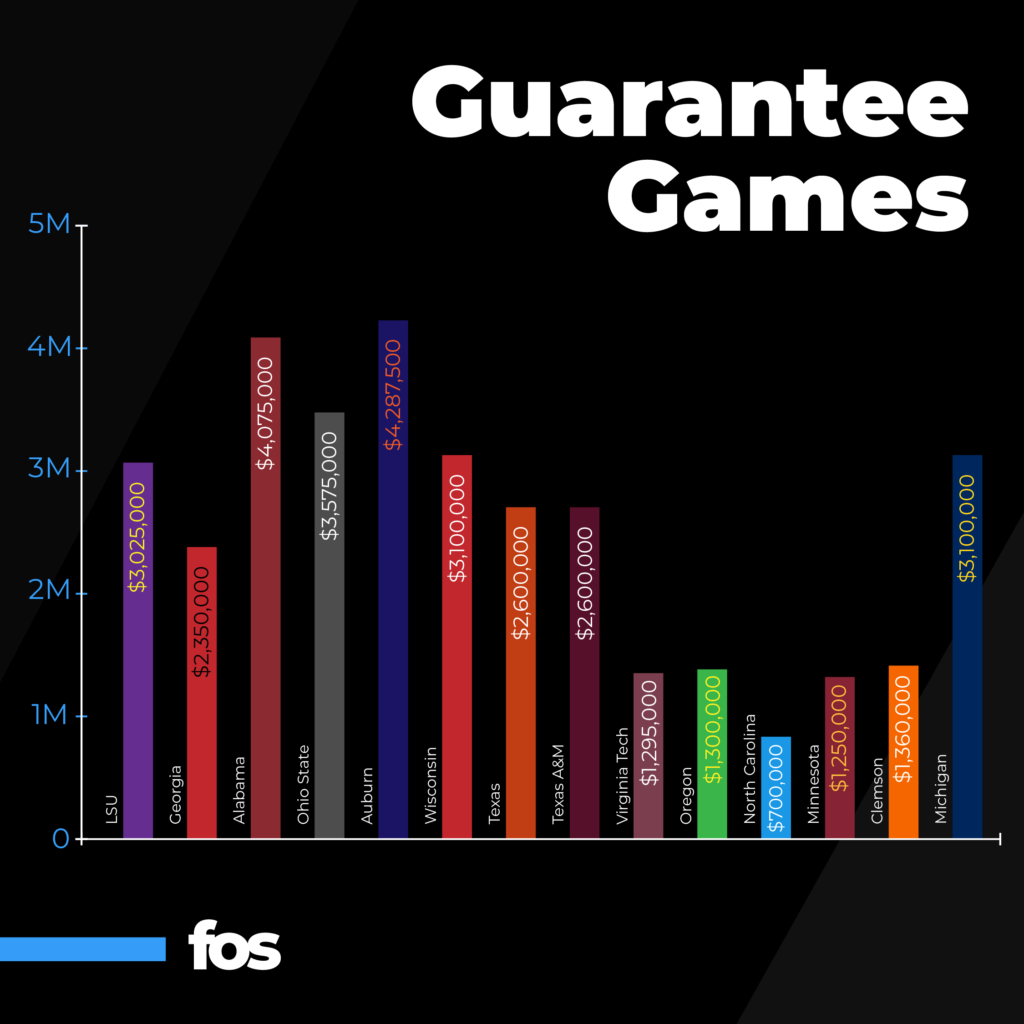
And although the market for “guarantee games” is diminishing, it hasn’t entirely evaporated yet.
The continuation, despite playoff pressure, can be attributed, at least in part, to the fact that “people are scheduling four, five, six, eight, ten years out into the future,” Patterson said.
But the subtle shifts are also a response to ongoing struggles in the college space with attendance. Ticket sales and other revenue from in-person events are second only to media deals as a revenue source for most programs.
“The folks on the committee have made their priorities clear, but there’s also the need to, quite frankly, have a good season-ticket package for the folks who are paying money,” Patterson said. “They’re going to want to see you play better teams and see better football. I think as there’s more pressure on athletic departments to generate revenue and put out a better product, you’re seeing more of the ‘big-time football schools’ work at trying to get a better schedule.”
College football attendance hit a 24-year low in 2019, according to the NCAA, with the FBS average of 41,477 fans per game marking the lowest numbers since 1996. For a fanbase already less likely to go to a game, blowouts are increasingly less appealing – as a school like Alabama has seen.
While the overall decline in 2019 was down less than 1%, it still marked the eighth national decline in nine years.
“You’re looking at rating games instead of buying games,” Patterson said. “[But] it’s hard. Those smaller football schools are depending on that kind of revenue to come into their program. And for some of those schools, not the Power 5 ones, you’re starting to see some realignment around geography and cost versus trying to chase television contracts. There’s increased financial pressure on those schools.”
Guarantee payments from larger schools can amount to as much as 15% of a smaller program’s budget, per NCAA reports. Part of that money covers the cost of putting a team on the road and losing home-game revenue, but often “the objective is to net out money that can go to offset the rest of the operating expenses that go to running the entirety of the athletic department,” Patterson said.
Arkansas State, an FBS school from the Sun Belt conference, has played Nebraska, Alabama, and Georgia in the last three years, making $5,150,000 from those games alone. With one guarantee game on their slate for the next three seasons as well, they’re slated to make another $5.3 million from trips to Michigan (2020), Washington (2021), and Ohio State (2022).
“At one point, there was an acknowledgment that there were more FCS and paid games being booked and the prices started getting awfully high, particularly if you looked at sort of what was going to be the interest level in your market for a game like that,” Patterson said. “But that market has changed dramatically.”
READ MORE: ADs Say Smaller Schools Better Suited To Weather Coronavirus Fallout
The changes in the market mean financial hits for FCS programs. And if the upcoming college football season is cut short, revenue could dip even more than it already is for smaller schools. $1.8 million in Michigan money could be on the line this fall for Arkansas State – around 5% of the school’s entire athletic department revenue.
Every once in a while, a paid-to-play opponent gets more than a paycheck. The most renowned example may be when Appalachian State, then an FCS team, visited then-No. 5 Michigan in 2007 and beat the Wolverines 34-32 in the Big House.
“There was nothing that was really a national talking point for a school like that,” Patterson said. “Now they’ve moved up and become the dominant team in the Sun Belt Conference. They’re a top-25 team, sometime in the top 20. It can be something you can use if you have success to build the program over time. Or it can just be an important source of revenue.”
In 2019, Mack Brown’s Tar Heels paid the famous underdog $300,000 of the $700,000 they signed over to opponents as part of their two-for-one deal. Over the course of three games in five years, with two of them in Chapel Hill, North Carolina will pay App State $1.15 million while making $200,000 – just more than 17% – of that money back when the Tar Heels visit the Mountaineers on the road as part of their one-game return obligation.
North Carolina still cumulatively came out on top in 2019, with the $2 million payout from their neutral-site season opener against South Carolina and undisclosed sum made from visiting Wake Forest more than making up for the money spent on the rest of their schedule.
Despite the priority shifts and increase of swaps and neutral-site games, revenue games still remain a scheduling regularity, although fewer of them appear annually. And the several hundred thousand to few million dollars still paid by teams each year could seem even more costly on all fronts when the 2020 season rolls around, with revenue projections down across all athletic departments.
